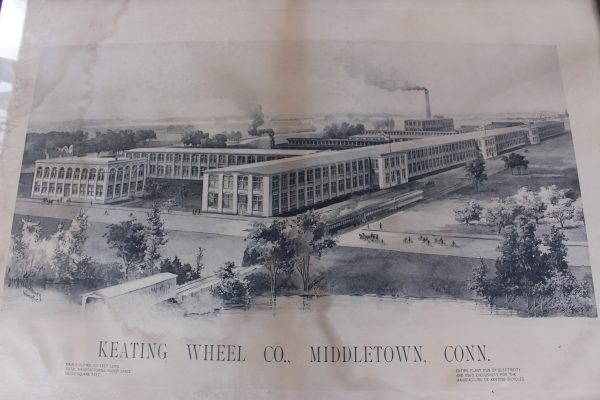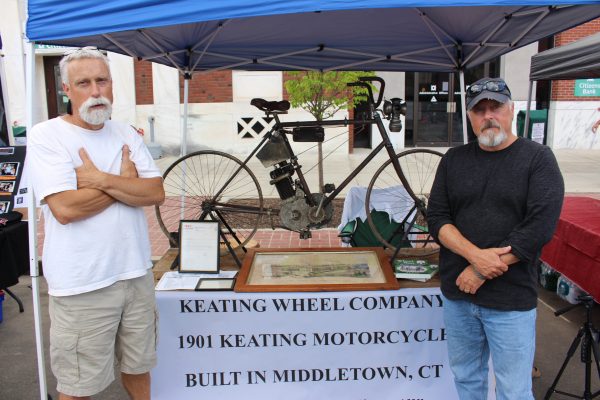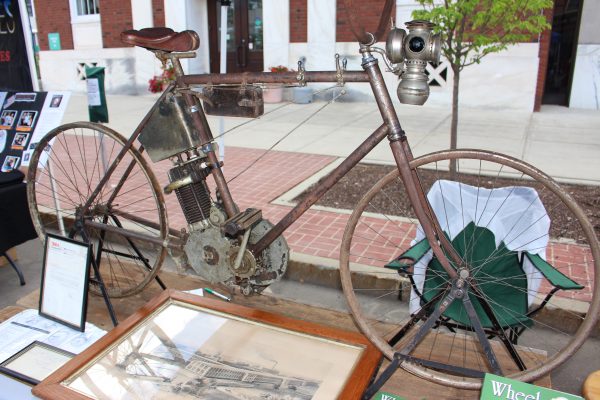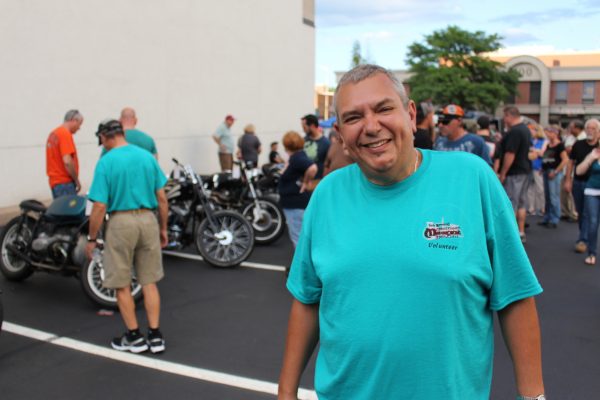MIDDLETOWN, CT – Are you ready for a short motorcycle history lesson?
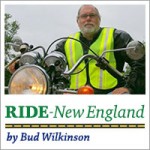 Before there was Harley-Davidson, there was Indian. Harley-Davidson was founded in Milwaukee in 1903. The original Indian “motocycle” produced by Hendee Manufacturing began in 1901 in Springfield, Mass. and lasted until 1953 when it went bankrupt. The revived Indian brand that exists today is owned by Polaris Industries, which builds bikes in Spirit Lake, Iowa.
Before there was Harley-Davidson, there was Indian. Harley-Davidson was founded in Milwaukee in 1903. The original Indian “motocycle” produced by Hendee Manufacturing began in 1901 in Springfield, Mass. and lasted until 1953 when it went bankrupt. The revived Indian brand that exists today is owned by Polaris Industries, which builds bikes in Spirit Lake, Iowa.
These basic facts are known to many knowledgeable motorcycle riders, especially Harley-Davidson’s year of origin thanks to modern-day “anniversary models” that get released every five years. I once owned a 2003 Harley-Davidson V-Rod that had “100th anniversary” accent badging.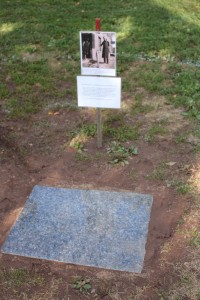
What likely isn’t known by most riders (and certainly not by other folks) is that the first Indian model wasn’t built in Springfield, rather in Middletown – right here in Connecticut. A granite marker will soon be dedicated on the spot where the prototype was created to forever lay claim to the city’s place in motorcycling’s history.
Even less known is that there was once another manufacturer – the Keating Wheel Company – that preceded Indian designer Oscar Hedstrom in producing a motorcycle in Middletown. Started by Robert M. Keating in 1890 in Westfield, Mass., the Keating Wheel Company quickly gained traction producing bicycles.
The company moved to Holyoke, Mass. in 1892 but soon found itself in need of even more space as bicycles were a popular commodity in the 1890s. On May 23, 1896, an agreement was signed to relocate the Keating Wheel Company to Middletown, which it did.
In 1900, Keating filed a series of patents for a motorized bicycle, and began testing his first motorcycle in November of that year. It wasn’t until Feb. 1901 that Hedstrom went to work in leased space at the former Worcester Bicycle Manufacturing Co. plant on Hamlin Street, secured five patents of his own, and built the first Indian.
Brian Keating, left, and Rob Keating with the 1901 Keating
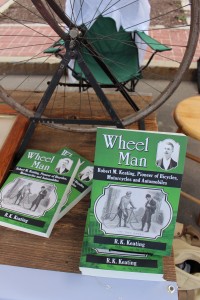 “In 1901, you had Keating and Oscar probably going up and down Main Street testing out their motorcycles. This makes Middletown really the motorcycle city; predates everybody,” said a man who spun a romantic tale while standing in front of a booth on Main Street at the annual Middletown Motorcycle Mania bike event last Wednesday evening.
“In 1901, you had Keating and Oscar probably going up and down Main Street testing out their motorcycles. This makes Middletown really the motorcycle city; predates everybody,” said a man who spun a romantic tale while standing in front of a booth on Main Street at the annual Middletown Motorcycle Mania bike event last Wednesday evening.
The man was R.K. “Rob” Keating, author of the book “Wheel Man,” subtitled “Robert M. Keating, oPioneer or Bicycles, Motorcycles and Automobiles.” With his brother, Brian, they were there displaying the only Keating motorcycle known to exist today.
While not related to Robert M. Keating, the Keating brothers do love the Keating brand. They live in New Hampshire and the 1901 Keating motorcycle was found in Woodsville, N.H. “I was searching worldwide, advertising for the Keating motorcycle,” recalled Brian, who collects motorcycles. “A friend of mine who was a tech for furnaces was working on this guy’s furnace and had pieces of this motorcycle in his basement. It took me a year to acquire the motorcycle and with research it did turn out to be a 1901 Keating motorcycle.”
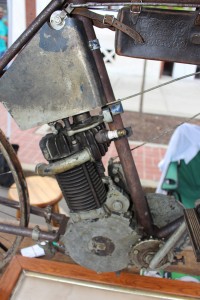 The bike features a two-horsepower De Dion-like motor and wooden bicycle wheels. “Probably went around 30 miles per hour – top speed,” Rob reported. “It’s hard to know how many motor bicycles were produced; certainly in the 50s, 60s in terms of number. I know they were selling them down in Philadelphia, (and) Providence, Rhode Island.”
The bike features a two-horsepower De Dion-like motor and wooden bicycle wheels. “Probably went around 30 miles per hour – top speed,” Rob reported. “It’s hard to know how many motor bicycles were produced; certainly in the 50s, 60s in terms of number. I know they were selling them down in Philadelphia, (and) Providence, Rhode Island.”
Brian echoed the uncertainty of knowing just how many Keating motorcycles were ever produced. The display Keating provided a possible clue. “The motor number on this is C 155,” said Brian.
The Keating Wheel Company was bought out in June 1901 by the Eisenhuth Horseless Vehicle Company and motorcycle production was late halted.
More than a decade later Robert M. Keating went after both Hendee Manufacturing and Harley-Davidson, claiming they stole his ideas and used them in their motorcycles. “Keating ended up suing Indian and suing Harley for patent infringement, and he won both cases,” said Rob.
Keating motorcycles disappeared, though, while Indian continued for a half-century and was later revived a few times before Polaris’ current effort finally produced a winning product.
Indian researcher Chris Hinze
Indian’s Middletown connection was also evident at Middletown Motorcycle Mania as event volunteer and Indian enthusiast Chris Hinze Chris Hinze put up signs directing attendees to the site where the prototype model was built.
Hinze became interested in Indian’s local history last year when an effort was underway to get a new Indian dealership in Middletown, an effort that never panned out. He recalled that the city told him that the Worcester Bicycle Manufacturing Co. factory was at 56 Hamlin St. “Something kept hitting me in the gut – check it out, check it out, check it out for yourself,” Hinze said.
Through research at the library, Hinze determined from a city directory from the 1890s that the actual location was 22 Hamlin St. He explained that back in the early 1900s, Hamlin Street ran two blocks, but later got trimmed to one. Where 22 Hamlin St. was located is now a courtyard between some apartments and a multi-story building belonging to Wesleyan University; the spot later confirmed by Wesleyan.
Hinze’s goal is to have an engraved granite marker on the site to permanently note where the first Indian was built. So far, he’s obtained a blank marker for free off of Craigslist, and convinced Haymond Law and the Indian Motorcycle of Springfield dealership to donate the $1,400 needed to have it engraved. He’s hoping to hold a formal dedication later this month.
The marker was placed in the ground early last week. “We were digging for the memorial . We came across some artifacts. I dug 18 inches down and I hit the brownstone foundation (of the factory). There were pieces of brick and everything,” Hinze said.
So, if you ever happen to think about the origins of motorcycling in the U.S., don’t think Milwaukee or Springfield, think Middletown.
(Originally published in “The Republican-American” on Aug. 15, 2015.)
 Ride CT & Ride New England Serving New England, NYC and The Hudson Valley!
Ride CT & Ride New England Serving New England, NYC and The Hudson Valley!


